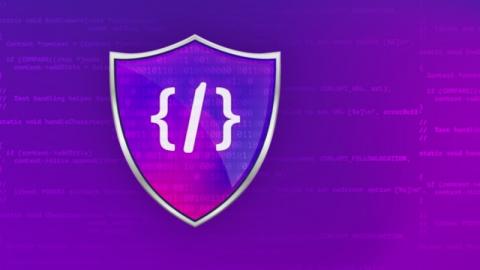SANS Survey Finds Only 29% of Orgs Have Automated Most of Their Security Testing
IT workloads are increasingly moving to the cloud, changing the way organizations develop and deliver software. Deploying and running production systems is now separate from the hardware and network, infrastructure is defined through code, and operations are now part of cloud service APIs.







